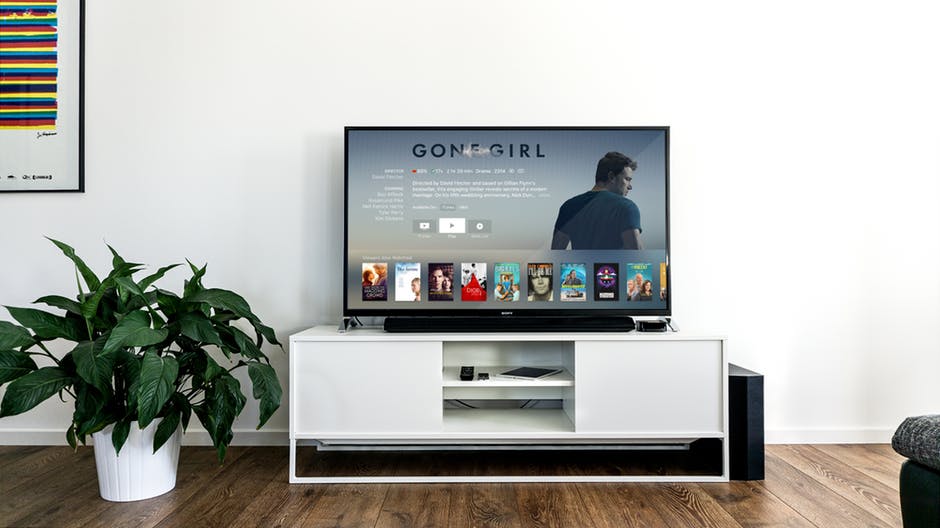Consumers are no longer getting their entertainment fix from movie and music stores. Consumers are streaming media content from OTT providers like Netflix and Hulu for movies and Spotify for music, which has seen people across different market segments cut ties with cable and other forms of traditional media.

In fact, revenues from music streaming are inching closer to the $3 billion mark, with music streaming services making $2.4 billion in 2015. As far as movie streaming is concerned, up to 60% of the average American household with a broadband connection has an active subscription to a streaming service. And as the following infographic by Ooma shows, Netflix leads the evolution that has seen cable subscriptions dwindle over the past couple of years.

Infographic Courtesy : Ooma
So what does this all mean for customer retention and overall experience?
As more businesses ditch old business models and one-off customers for subscription-based business models, they also need to change how they handle current and prospective customers. Customer churn is a real issue for many subscription services, especially among content streaming providers like Netflix and Spotify where competition is often stiff.
This is why providers in the media streaming business will have to adopt many of the customer retention strategies that have worked for businesses in other industries.
Availability is key
In the old days, customer interaction with traditional media was minimal and subtle. Because media houses that ran services like cable TV were largely monopolies, most of them didn’t pay attention to customer service. Subscribers would wait for ages to get technical assistance if anything went wrong, resulting in a large number of unhappy cable customers.
In the world of media streaming, speedy and round-the-clock availability is critical. Otherwise, customers will quickly bail to the next provider who is more reliable. Customers should be able to receive almost instantaneous information on all the little things – like why the streaming service is down or why an episode of their favorite TV show isn’t available yet.
Building customer loyalty and relationships
Creating and nurturing relationships with clients is another key area that differentiates the old from the new. Like with any other subscription-based business, customer loyalty and strong customer relationships define businesses in the media streaming industry. Businesses in this space depend on healthy customer relationships for continued growth through upgrades, service renewals, and add-ons.
Media streaming companies like Netflix and Hulu usually build relationships by offering a huge selection of services. They also go out of their way to identify their subscribers via regular surveys, which helps them design improved and customized services for their customers to strengthen these relationships.
Dynamic pricing structures
Traditional cable TV providers used to offer a few packages with a predetermined number of channels, most of which were usually not that appealing. These fixed packages came at a flat fee and viewers had few options when it came to selection. Content streaming providers are one of the many subscriber-based platforms that usually benefit from dynamic and differentiated price offerings.
Streaming providers that don’t implement dynamic price schedules often get punished. Netflix, for instance, got burned in 2011 when they implemented an unpopular price increase that saw up to 800,000 subscribers cancel their subscriptions. Therefore, customer retention strategies in this space should be built around solid pricing and packaging schedules that are different from traditional media services and other product/service categories.
Seamless billing and invoicing
In traditional models, billing and invoicing are usually singular transactions that involve a check out button and counting the cash as it rolls in. For subscriber-based businesses like media streaming service providers, the process is more complicated. Each individual subscriber has a different billing schedule as a result of different subscription dates, packages, benefits, offers, and a thousand other things.
With such complicated systems, it’s easy to get bills and invoices mixed up, leading to errors and fleeing customers. Designing the right billing and invoicing system is critical for customer retention in the media streaming industry. Bills must be accurate, timely, and have a professional look and feel when presented to customers for the best customer experience.
Conclusion
The content streaming market is on a long journey to transform the way we enjoy our favorite movies, music, and TV shows. The way service providers in this space interact with customers will go a long way in shaping future interactions between subscriber-based businesses and their customers.
With the huge variety of choice available for customers, streaming service providers do not have any other options apart from upgrading their customer retention strategies.



